You are viewing 20 out of 137 results
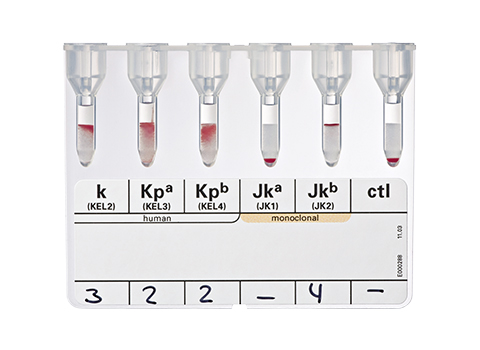
ID-Antigen Profile II
ID-Antigen Profile card require only the addition of the red cell suspension in ID-Diluent 1

BRiCare
Remote Service and Support Software

ID-DiaCell I-II-III
Three-cell screening panel for patients containing a set of 3 vials for IAT and NaCI testing

ID-DiaCell IP-IIP-IIIP
Three-cell screening for patients (papainized), containing a set of 3 vials for enzyme test procedures
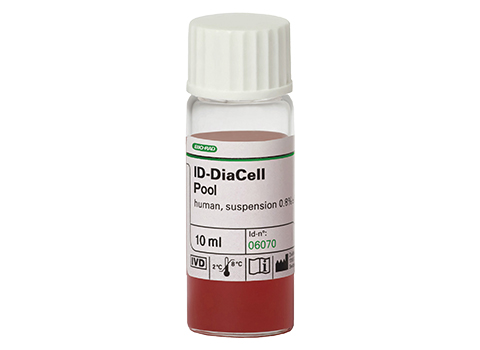
ID-DiaCell Pool
Two pooled cells for IAT donor screening

ID-DiaScreen Prophylax
Set of 6 vials for IAT for screening maternal samples after anti-D prophylaxis (with ID-Card LISS/Coombs or Anti-IgG)
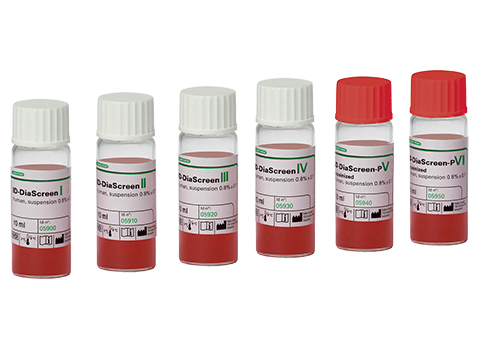
ID-DiaScreen
Expanded screening containing a set of 6 vials for IAT and enzyme test I, II, III, IV, V, VI
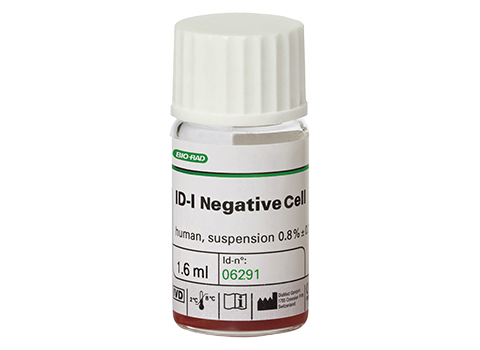
ID-I Negative Cell
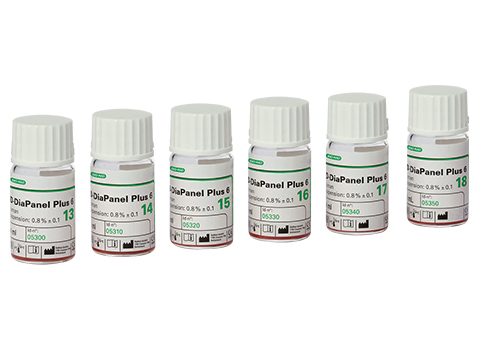
ID-DiaPanel Plus 6
Panel of 6 vials of selected cells for complex problems in IAT and NaCl testing
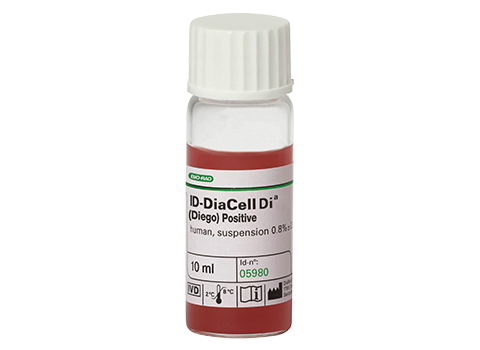
ID-Diᵃ (Diego) Positive
ID-Diᵃ (Diego) positive cells for antibody screening
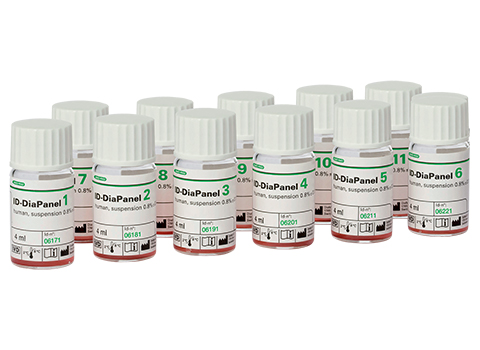
ID-DiaPanel
Primary panel containing a set of 11 (4 ml) vials for IAT and NaCl testing
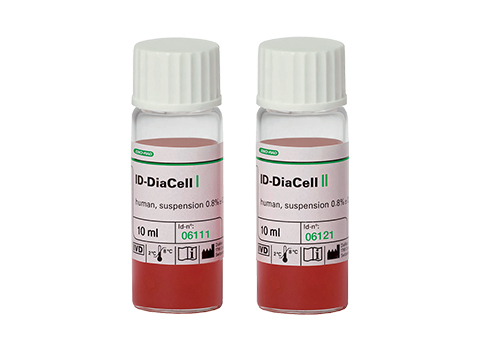
ID-DiaCell I-II
Economical two-cell screening panel for donors containing a set of 2 vials for IAT and NaCl testing
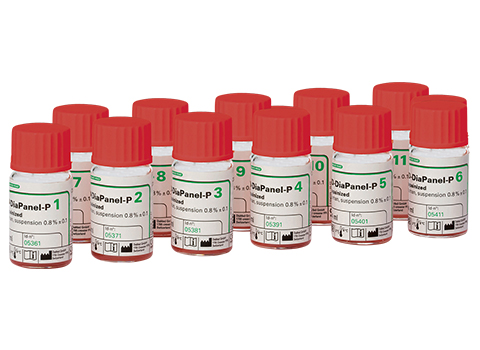
ID-DiaPanel-P
Panel of 11 vials papainized for enzyme test procedures
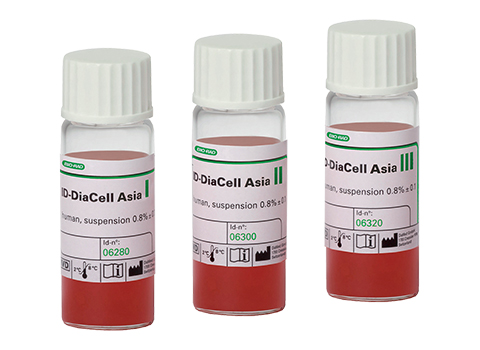
ID-DiaCell I-II-III Asia (Miᵃ+)
Three-cell screening for patients containing a set of 3 vials for IAT and NaCI testing
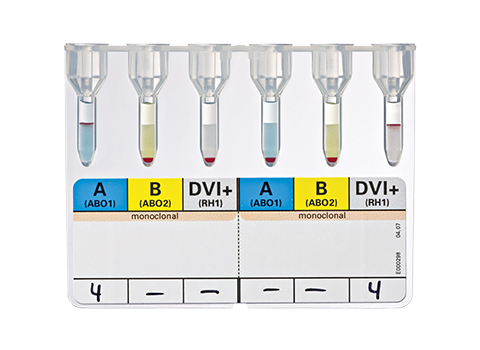
DiaClon ABD-Confirmation for Donors
ID-Card for the ABO/RhD blood group control of donors
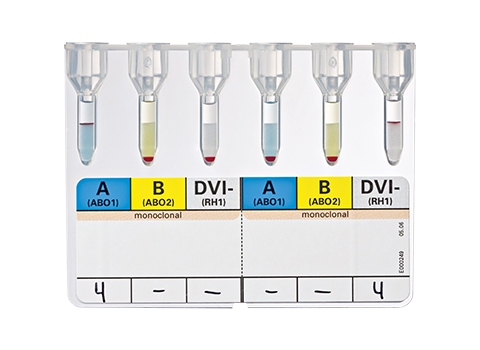
DiaClon ABD-Confirmation for Patients
ID-Card for the ABO/RhD blood group control of patients
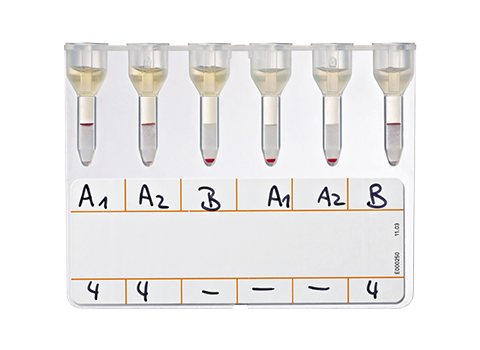
NaCl, Enzyme Test and Cold Agglutinins
ID-Card for antibody screening and identification, compatibility testing and reverse grouping
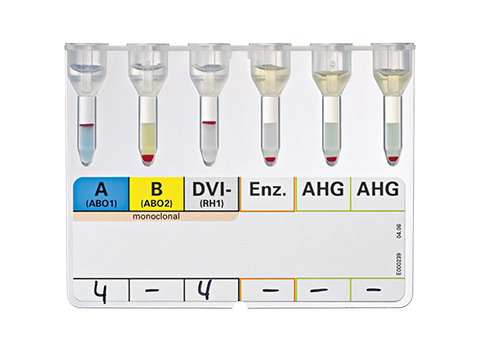
DiaClon Complete Crossmatch
ID-Cards for complete crossmatching in one easy step
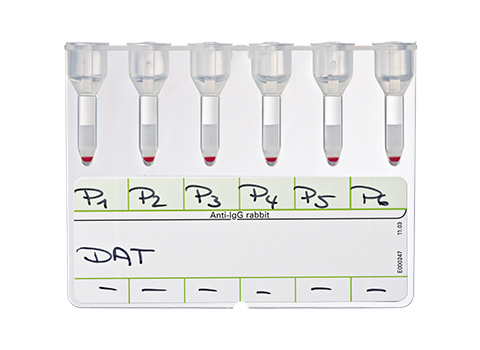
Coombs Anti-IgG
ID-Card containing 6 microtubes containing anti-human globulin anti-IgG (rabbit)
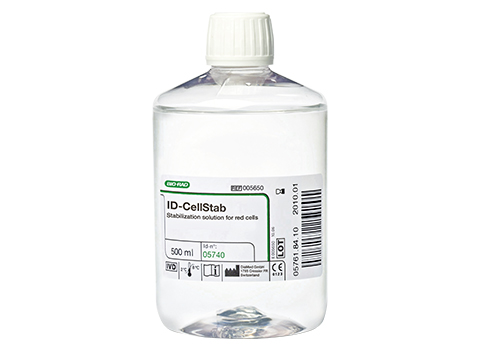
ID-CellStab
Specially formulated, glycine buffered saline used to stabilize red cells